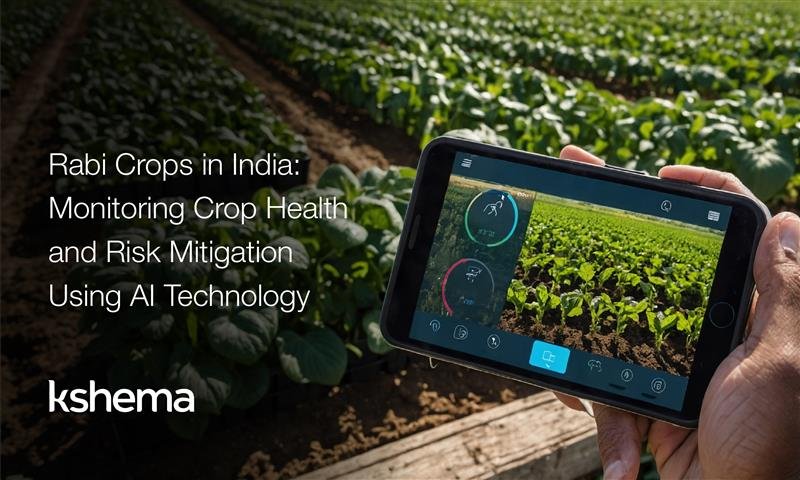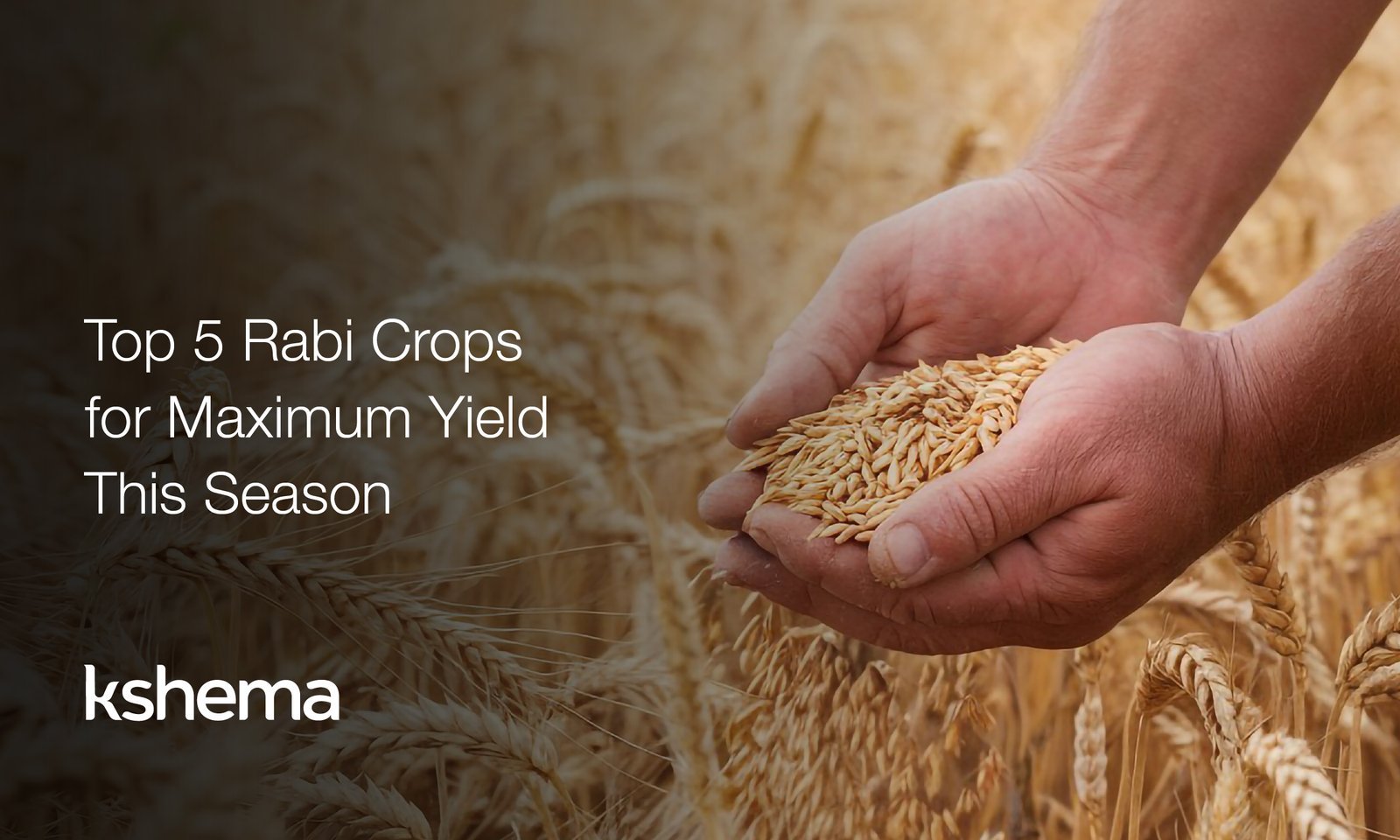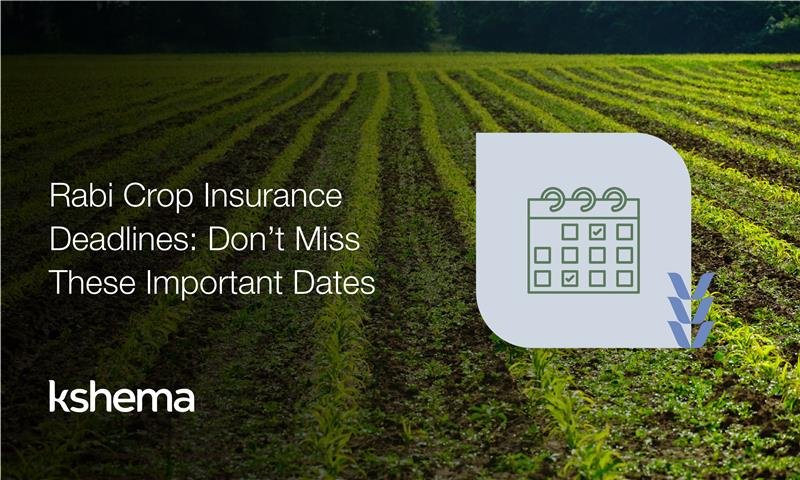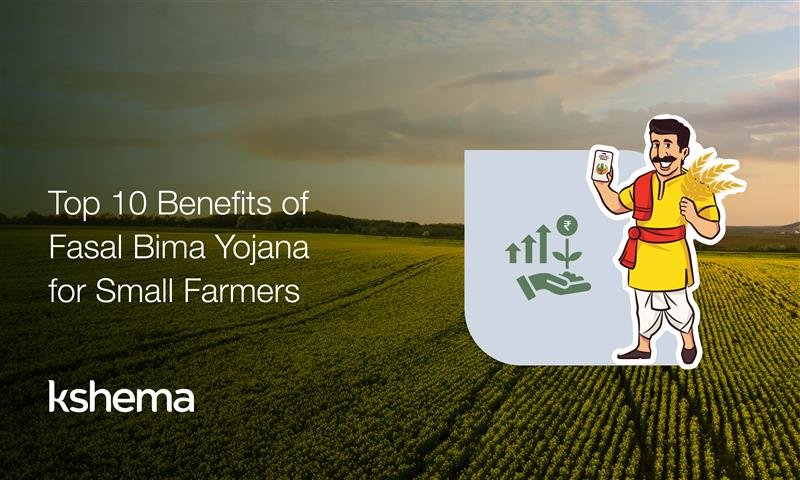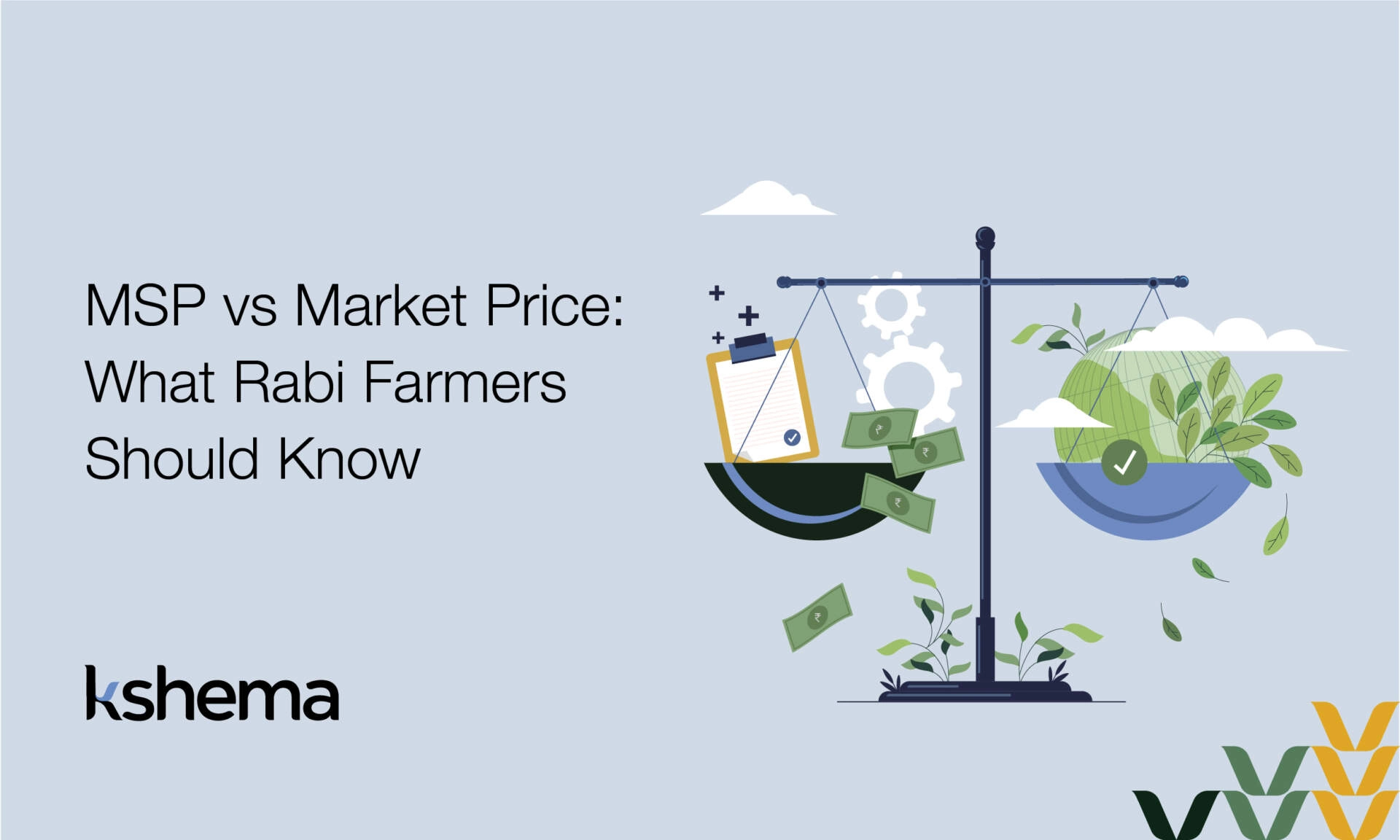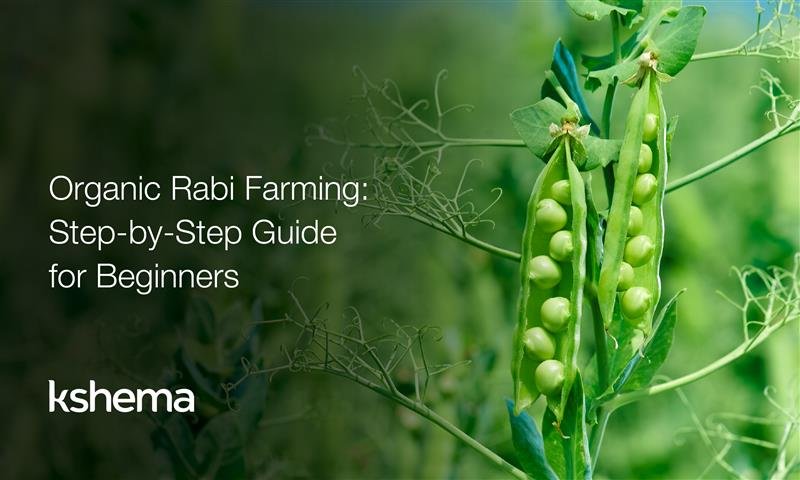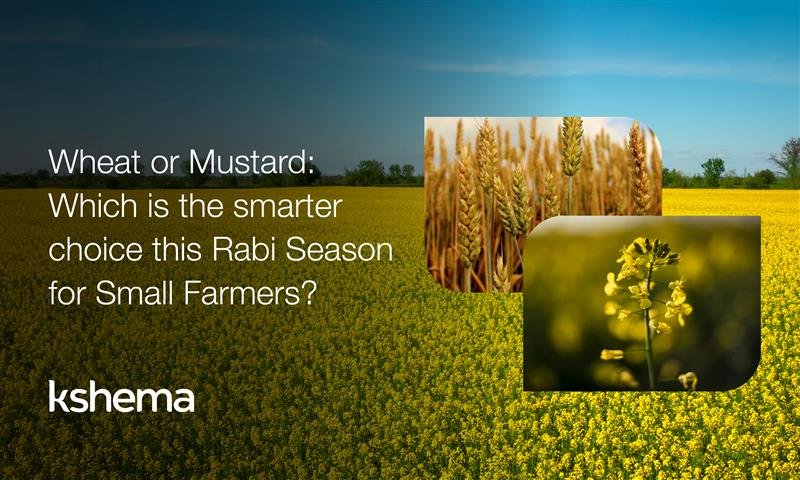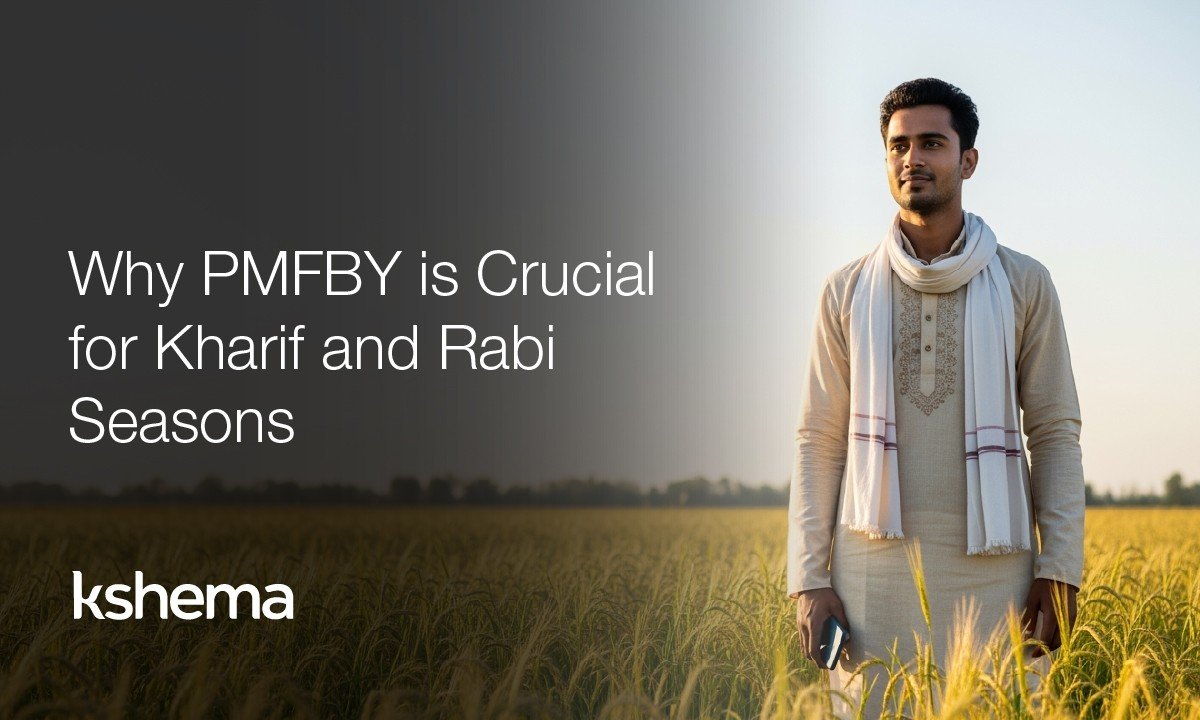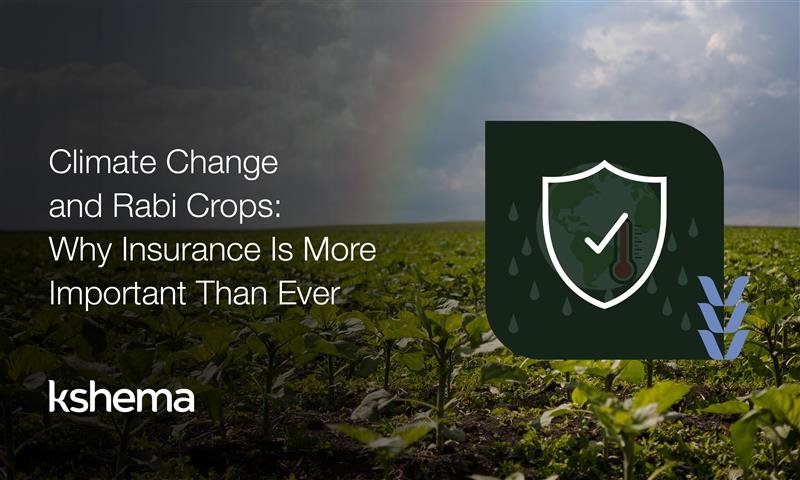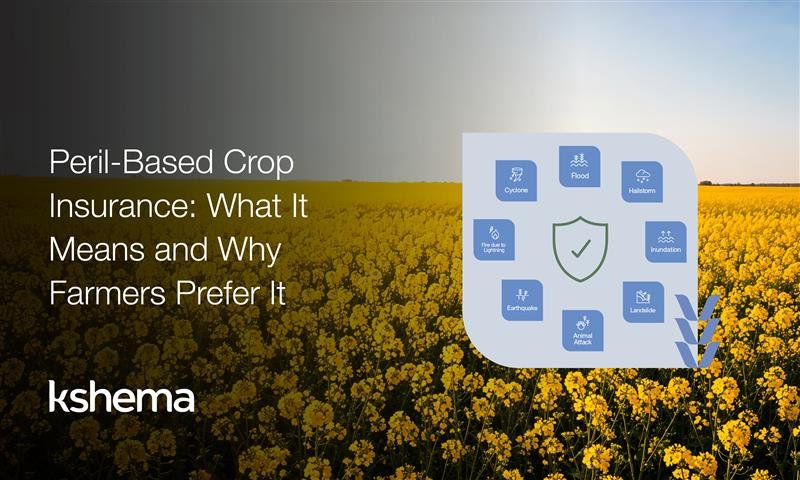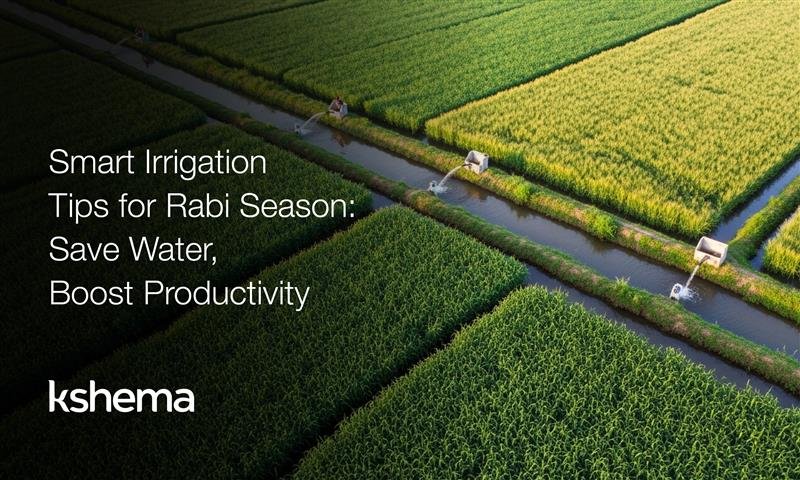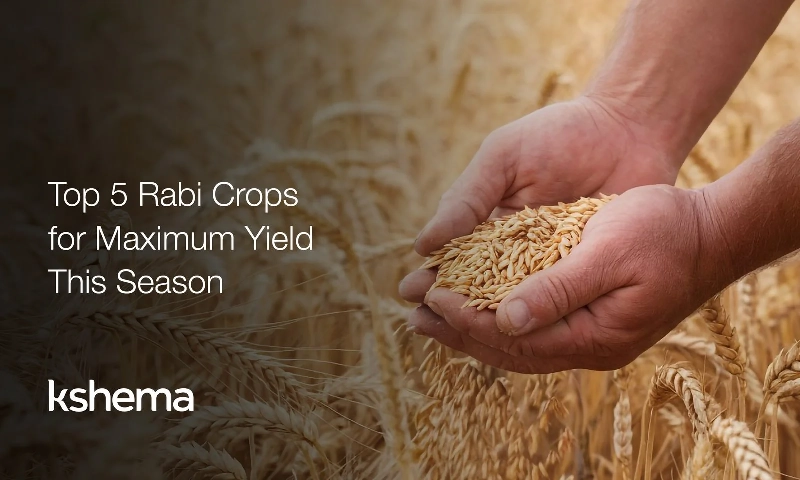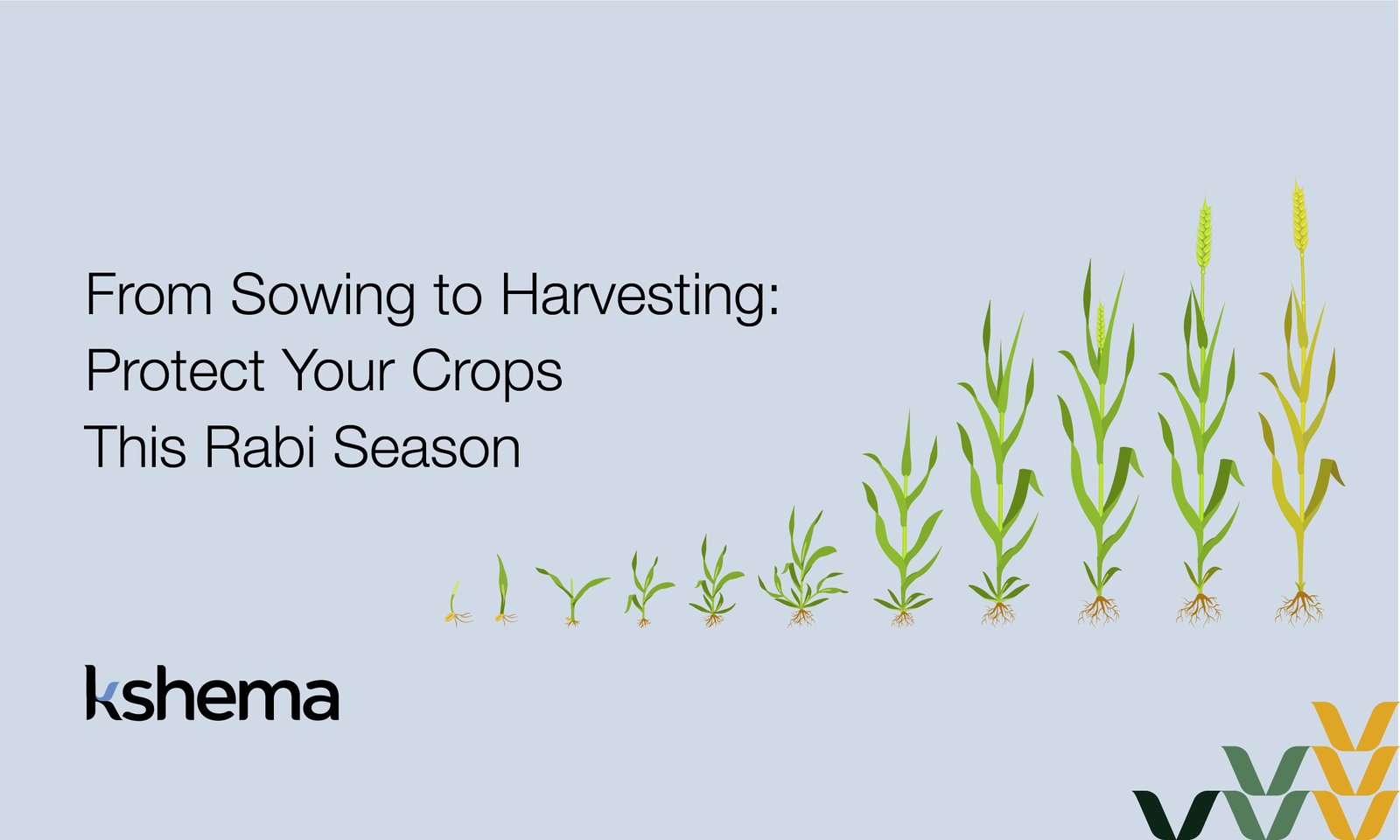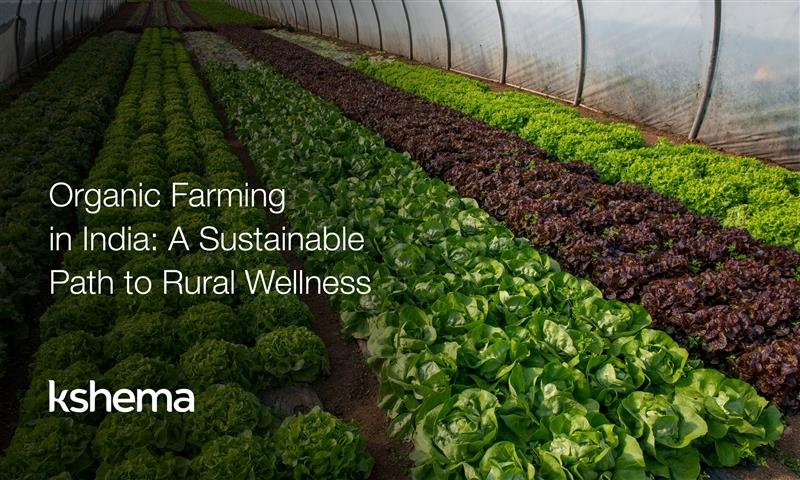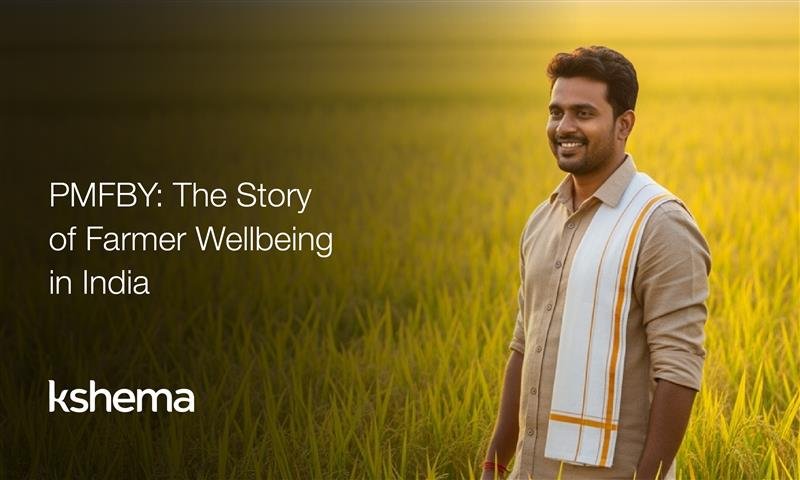Rabi Crops in India: How AI Technology is Transforming Farming and Risk Management
Introduction:
Artificial Intelligence is transforming agriculture in India, and Rabi crops are no exception. From predictive analytics to smart irrigation, AI tools are helping farmers improve yield and reduce risks. This article explores how technology will shape Rabi farming in 2025 and why adopting AI can give you a competitive edge.
The Rabi season plays a vital role in India’s annual agricultural output. Farmers sow crops like wheat, mustard, barley, and pulses during the cooler months, contributing significantly to food security and rural income. They rely on stable weather and controlled irrigation. However, even in this relatively predictable season, risks such as pest outbreaks, nutrient deficiencies, and climate anomalies can affect crop health and yield.
To address these challenges, AI technology in agriculture has emerged as a game-changer in monitoring crop health and managing risks. From satellite imagery to predictive analytics, artificial intelligence is helping transform traditional farming into a smarter, more resilient system. This blog explores how Rabi crops in India are benefiting from AI-driven solutions and what it means for the future of agriculture.
Snippet Answer:
AI technology in Rabi farming helps predict weather, optimize irrigation, and monitor crop health using sensors and data analytics. These tools reduce risks and improve yield for Indian farmers in 2025.
Why Rabi Crops Need Smarter Monitoring
Unlike the Kharif season, which relies heavily on rainfall, Rabi crops depend on residual soil moisture and controlled irrigation. This makes them particularly sensitive to soil health, water availability, and temperature fluctuations. A delay in irrigation or an unnoticed pest outbreak can quickly escalate into significant crop loss.Farmers can also explore our guide on smart irrigation techniques for better water management.
Traditional monitoring methods like manual scouting and visual inspection are often limited by scale, speed, and accuracy. AI technology offers a solution by enabling real-time data-driven monitoring. It helps detect early signs of stress, predict risks, and guide interventions with precision.
AI in Action: Monitoring Crop Health
Artificial intelligence uses data from various sources like satellites, drones, sensors, and weather stations to assess crop conditions and flag potential issues. Here’s how it works:
1. Satellite and Drone Imagery
AI algorithms analyse high-resolution images to detect early signs of crop stress. For example:
- Discolouration in leaves may indicate nutrient deficiency.
- Uneven growth patterns could signal pest or disease presence.
- Dry patches may point to irrigation problems.
2. Soil and Weather Sensors
IoT devices placed in fields collect data on soil moisture, temperature, and nutrient levels. AI systems interpret this data to:
- Recommend optimal irrigation schedules.
- Suggest fertiliser application based on real-time soil conditions.
- Alert farmers about frost risk or heat stress.
3. Growth Stage Tracking
AI models can track crop growth stages and compare them against expected benchmarks. The system can identify possible causes such as poor soil health, inadequate sunlight, or pest damage, and suggest corrective measures promptly if a crop is taking longer than it should to reach a specific stage in its lifecycle.
Risk Mitigation Through Predictive Analytics
One of the most powerful aspects of AI technology is its ability to forecast risks before they occur. By analysing historical data, weather patterns, and crop models, AI can help farmers prepare for potential threats. AI tools can forecast risks such as:
- Pest outbreaks based on humidity and temperature trends
- Yield estimates based on sowing date and crop variety
- Climate stress scenarios like frost or heatwaves
1. Pest and Disease Forecasting
AI tools can predict pest outbreaks based on humidity, temperature, and crop type. For instance, if conditions are favourable for aphids in mustard fields, farmers receive early warnings and can apply biocontrols or neem-based sprays before the infestation spreads.
2. Yield Prediction
AI systems estimate expected yields based on sowing date, seed variety, and field conditions. This helps farmers plan the logistics involved in harvesting, storage, and market strategies more effectively.
3. Climate Risk Assessment
Unseasonal rain or frost can severely impact Rabi crops. AI-powered climate models simulate different scenarios and recommend adaptive strategies, such as:
- Switching to frost-resistant varieties.
- Adjusting sowing dates.
- Modifying irrigation plans.
Kshema’s Approach
At Kshema, we believe that technology and insurance must work together to protect farmers. Our crop insurance products like Kshema Sukriti and Kshema Prakriti are designed to complement AI-based monitoring systems.
We use satellite-based imagery for quick claim assessment, ideal for farmers who prefer speed, accuracy, and transparency while using advanced monitoring tools and seeking protection for their crops. This enables farmers to make informed decisions and recover quickly from unforeseen events.
Challenges and Opportunities
While the potential is immense, there are hurdles to overcome:
- Access to technology: Smallholder farmers need affordable and easy-to-use tools.
- Data reliability: Accurate data is essential for effective AI predictions.
- Training and support: Farmers must be educated on how to interpret and act on AI insights.
A Smarter Future for Rabi Crops in India
The bright future of Rabi crops in India lies in combining traditional knowledge with innovation and modern technology. With AI technology, farmers can monitor crop health in real time, anticipate risks, and protect their investments with smarter insurance solutions.
As government initiatives like CROPIC, ISRO’s monitoring framework, and the National Pest Surveillance System continue to expand, Kshema remains committed to supporting farmers with crop insurance policies and technology-backed crop monitoring and claim assessment system.
We’re committed to helping farmers embrace this technological transformation, making agriculture more resilient, productive, and sustainable.
Frequently Asked Questions About Rabi Crops in India
1. What are Rabi crops in India?
Rabi crops are sown in winter (October–December) and harvested in spring (March–April). Key crops include wheat, mustard, barley, chickpeas, and lentils. Unlike Kharif crops, they rely on irrigation and cooler weather, making them vital for food security and farmer income across India.
2. How is AI used in Rabi crop farming?
AI helps predict weather, optimize irrigation, and monitor crop health using sensors and data analytics.
3. What are the benefits of AI for Indian farmers?
AI reduces risks, improves yield, and saves resources through smart farming solutions.
4. Can AI predict weather for Rabi season?
Yes, AI models provide accurate weather forecasts to help farmers plan better.
Disclaimer:
“We do not assume any liability for any actions undertaken based on the information provided here. The information gathered from various sources and are displayed here for general guidance and does not constitute any professional advice or warranty of any kind.”


